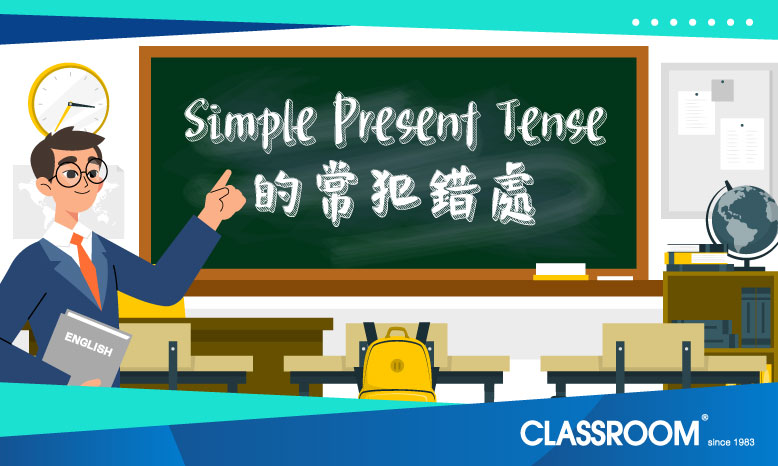CLASSROOM Educator
- “He/She/It” 後面的動詞要加 ‘s’ (例如: Peter loves his family.)。
而對於部份以“y”作結尾的動詞,我們要把“y”轉為 “ies”。(例如: fly -> flies, try -> tries)
然而,請留意例外情況。(例如: play -> plays, buy -> buys, enjoy -> enjoys) - 要表達 “have / has” 一字的否定意思時,切記不可直接把 “not” 字放在後面。請參考以下例子:
-
- I (We / You / They) have not a puppy.
- I (We / You / They) do not have a puppy.
- He (She / It) has not a puppy.
- He (She / It) does not have a puppy.
-
- 寫Simple Present Tense的句子時,我們通常會用到以下的頻度副詞 (Adverbs of Frequency):
always, usually, often, sometimes, seldom/rarely, never
留意他們在句中的位置:- 在主要動詞 (main verb) 前面(例如: I often eat noodles at lunch.)
- 在 “be” 動詞 (即: is / am /are) 後面(例如: Amy is always lazy.)



